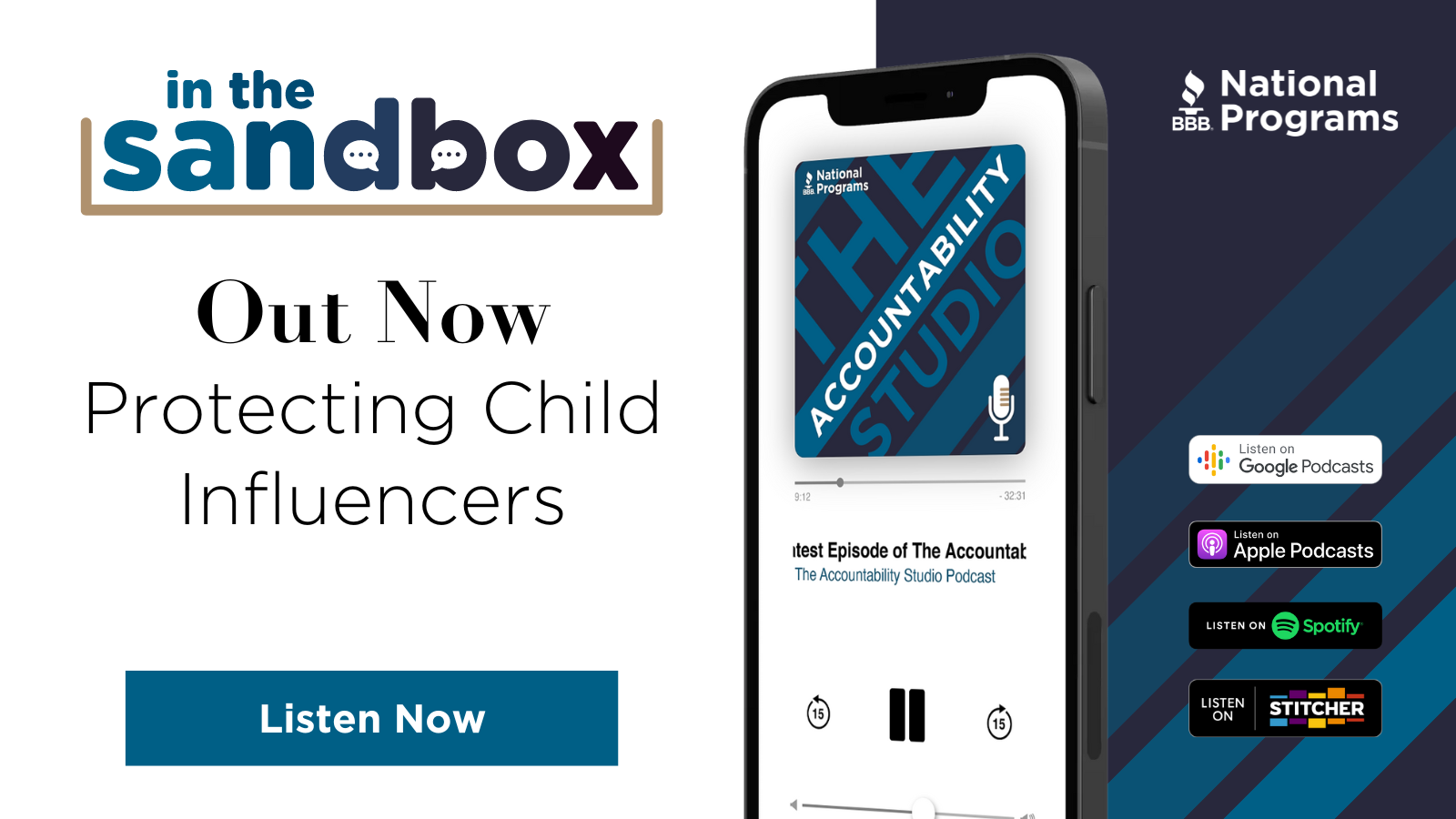Podcast (adwatchers): Play in new window | Download (Duration: 26:14 — 36.1MB) | Embed
Subscribe: Apple Podcasts | RSS
In 2024, 82% of U.S. marketers used influencer partnerships in ad campaigns at a value of a whopping $24 billion. Influencer marketing is a key cornerstone of marketing campaigns, but how much do consumers trust influencers and influencer marketing?
In this episode of Ad Watchers, hosts Annie and Eric are joined by Katie Goldstein of SuperAwesome to discuss recent data commissioned by the National Advertising Division to establish consumer trust in influencer advertising. The survey found that one of the biggest reasons for distrust in influencers is a lack of transparency and honesty about brand association and the disclosure of the connection to the brand. They dig into the data, discuss influencer best practices for brands, and learn about influencer trust as it relates to children.
Key Takeaways:
00:00 Influencer marketing is a cornerstone of modern advertising.
05:48 Consumers expect transparency in influencer-brand relationships.
10:16 Younger demographics are more trusting of influencers but require clear disclosures.
17:09 AI in advertising poses potential risks for misleading claims.
23:02 Key Takeaways and Conclusion:
- Parents should actively engage with their children’s online content.
- Not all influencer content is harmful; some can be beneficial.
- Brands need to align with influencers who share their values.
- Transparency is crucial for building trust with younger audiences.
- The FTC emphasizes the need for clear advertising disclosures to kids.
- Understanding the content can lead to better conversations between parents and children.
Related Resources:

